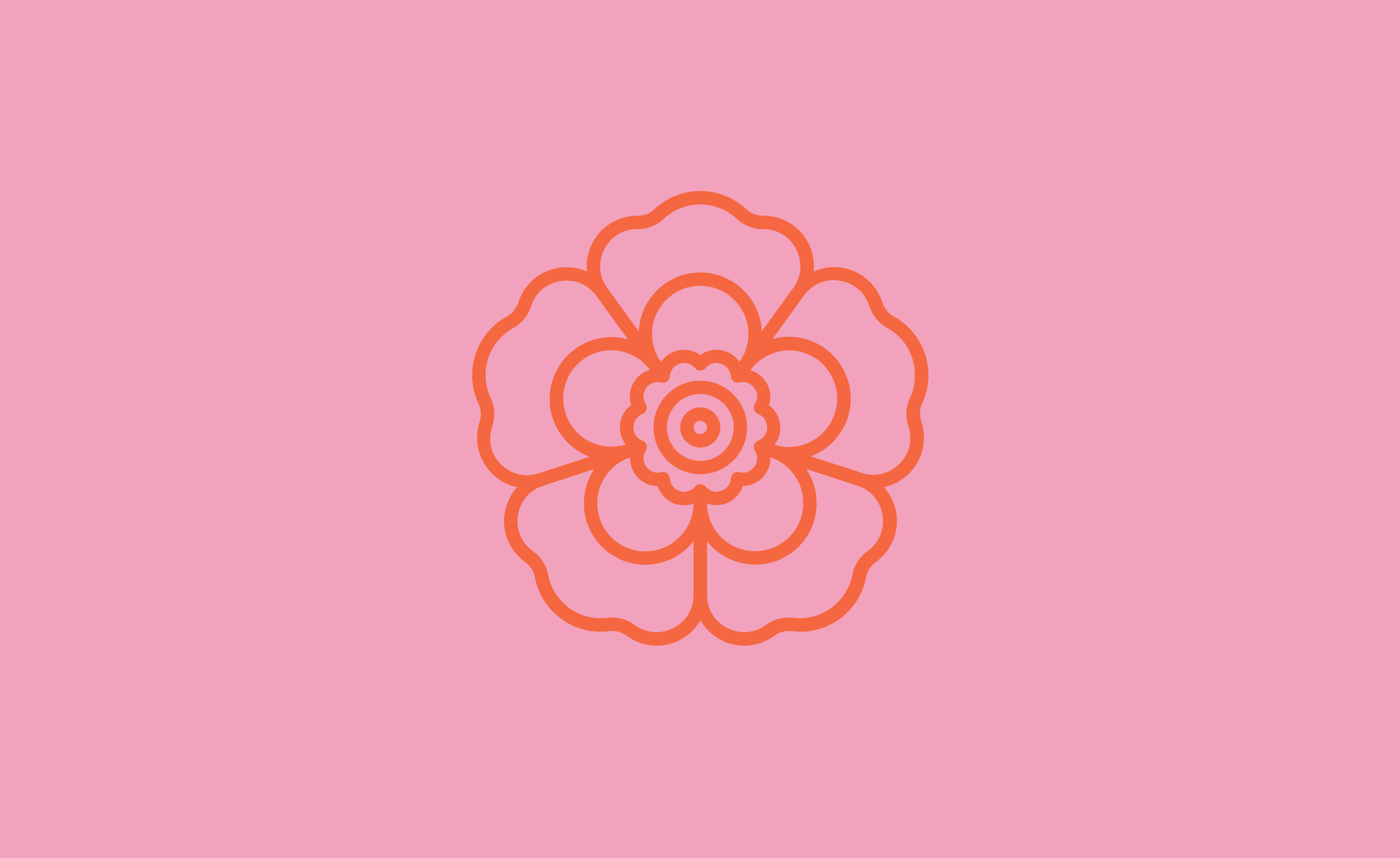
Collective Members
Kristy Boyce
Kristy Boyce is an award-winning Canadian photographer and multimedia artist whose work investigates the intersections of identity, storytelling, and visual culture. With a foundation in both fine arts and applied photography, her recent research explores the use of augmented reality as a medium for activism-based art, examining its potential for creating socially conscious, community-centered works. This innovative focus aligns with her dedication to blending traditional and experimental approaches to photography.
Boyce's work has been published and exhibited worldwide. Originally from Thunder Bay Ontario, she began her career as a photojournalist, working in many African and Southeast Asian nations.
Missing: Augmented Reality App and Sculpture
Medium: Milk Carton Sculpture, Silk Screening, Augmented Reality (AR).
"Missing" is a response to the prioritization of white bodies over Indigenous ones in the country now known as Canada.
When my mother went missing from Thunder Bay in November of 2018, there were four other (Indigenous) women missing from the city that week; but when I typed “missing woman Thunder Bay” into the Canadian Broadcasting Corporation’s (CBC) national website – the country’s largest national news platform – my white mother was the only woman listed.
The violence that Canada does to Indigenous bodies has become so normalised, that when a white woman goes missing it is considered to be newsworthy, but when four Indigenous women do the same, it’s just another Thursday.
"Missing" appears to be a white milk carton on a long, narrow wall-mounted shelf. It is blank save for the black and white image of a white woman printed on one side in the style of a 1980s missing person ad.
Here is where AR provides a literal other lens to look through. When viewed through AR on a mobile phone, the screen is filled with milk cartons with the faces of
missing Indigenous women pulled with permission from the CBC’s missing and murdered
Indigenous women database. The images continue to change to a new woman, a new face, every few seconds. The intent is to make a comparison via my own self-location.
When my mother went missing in Thunder Bay, it was national news. She and I both have the privilege of police concern for the well-being of our bodies because we are white.
By covering my mother's body with those of Indigenous women, this work subverts her privileged position, and challenges systemic notions of what makes some lives worth saving.
